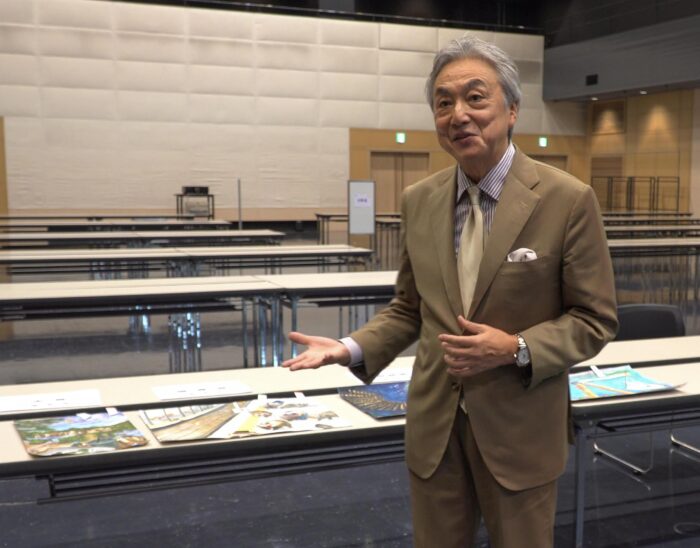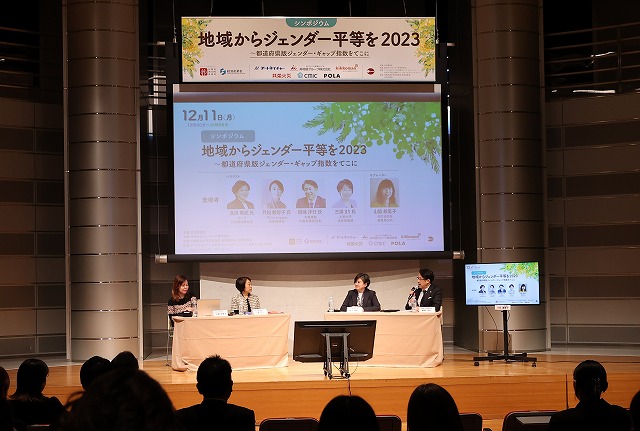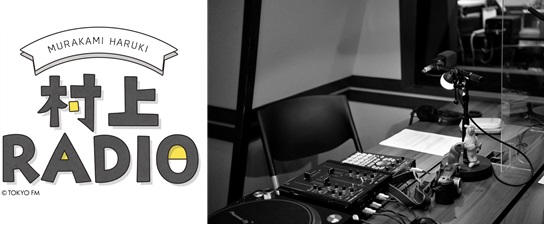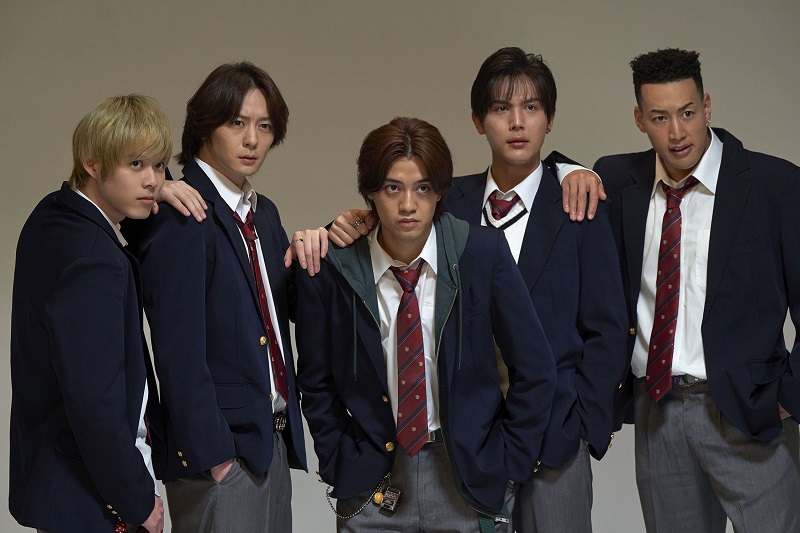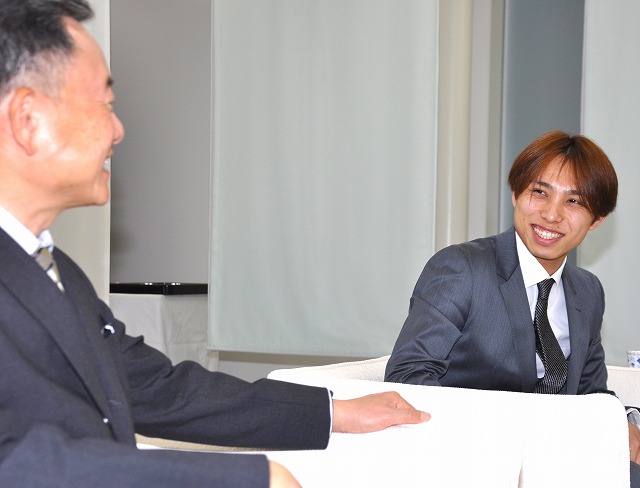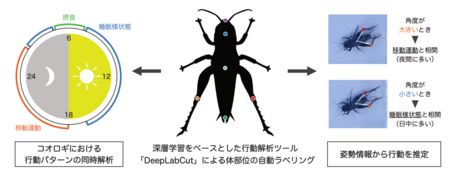関東大震災解説
解説
関東大震災
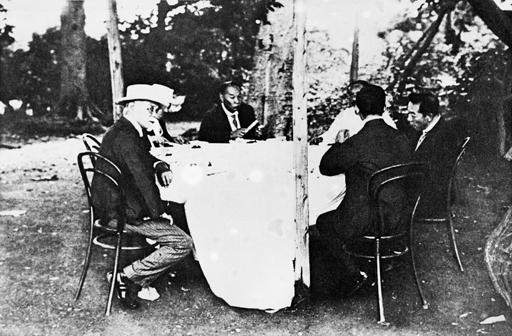
1923(大正12)年9月1日、午前11時58分、相模湾を震源とする大地震が関東地方を襲った。中央気象台の地震計の針がすべて飛ぶほどの烈震(マグニチュード7.9)だった。昼食時であったため、東京と横浜の市街地のあちこちで火災が発生、東京では3日間にわたって燃え続け、日比谷、銀座、京橋、日本橋、上野、浅草、両国など中心部から下町一帯を焼き尽くした。東京市の住家被害は全半壊・焼失が約16万9千棟、死者は約6万9千人に上った。そのうちの約6万6千人が焼死者で、火災による被害がいかに大きかったかを示している。
燃え広がる火災を逃れようと人々は広場を求めて、上野公園に50万人、宮城前広場に30万人をはじめ、駅前や社寺境内、公園などに100万人を超える罹災者が避難した。悲惨だったのは本所の陸軍被服廠跡で、周囲から火が迫り折からの突風で燃え盛ったため、避難した3万8千人が焼死した。犠牲者が多かったのは、家財道具を満載した荷車や人力車などが避難路や避難先を混雑させるとともに、それ自体が火を呼んだためといわれる。
政府は、加藤友三郎首相が8月24日に病死し、内田康哉が首相代理を務め、後継として大命が下った山本権兵衛が組閣工作中であった。2日、東京市と府下5郡に戒厳令が敷かれ、夜には、赤坂離宮の庭で山本内閣の親任式が行われた。
通信や交通の途絶に加え、当時の主要メディアである新聞は都内紙13紙が焼失してしまい、焼失を免れたのは東京日々、報知、都の3紙だけで、発行の再開は5日の東京日日夕刊まで待たなければならなかった。
震災で東京は大変貌した。江戸時代の名所・旧跡と文化財の多くが失われ、江戸の面影が消え、明治維新以来築いてきた東京の文化も崩壊した。時代は大正から昭和に移り、帝都東京は復興するが、日本は戦争の道を進み、1945(昭和20)年、空襲で再び東京は焦土と化した。
Great Kanto Earthquake: Overview
Great Kanto Earthquake

At 11:58 a.m. on Sept. 1, 1923, a huge earthquake with its focus in the Sagami Bay rocked the Kanto region. The magnitude 7.9 earthquake came during lunchtime and caused fires in the city centers of Tokyo and Yokohama.
The fires in Tokyo raged for three days and burned down Hibiya, Ginza, Kyobashi, Nihombashi, Asakusa and Ryogoku as well as a wide area of Tokyo’s downtown. The earthquake and subsequent blazes destroyed about 169,000 houses and left about 69,000 people dead, including 66,000 who perished in the fires.
As the fires spread, people fled in all directions, with 500,000 escaping to Ueno Park, 300,000 to the Imperial Palace Plaza and over one million to other parks, railway stations, shrines and temples.
As many as 38,000 people lost their lives due to a fire whirl triggered by a firestorm after taking refuge in the former Imperial Army Clothing Depot in the Honjo district. The huge casualties resulted from the fact that many people carted furniture and other belongings to the depot and others took a rickshaw there, causing confusion and blocking the streets.
When the earthquake occurred, Gombei Yamamoto was in the throes of forming a Cabinet after Prime Minister Tomosaburo Kato died of illness on Aug. 24 and Kosai Uchida served as acting prime minister. On Sept. 2, the government imposed a curfew on the city of Tokyo and five surrounding counties, and the Yamamoto Cabinet was sworn in at an imperial investiture ceremony at the Akasaka Palace.
The disaster cut off communications and traffic networks, and 13 metropolitan newspapers were destroyed. Only the Tokyo Nichinichi Shimbun, the Hochi Shimbun and the Miyako Shimbun escaped devastation from the blazes and the Tokyo Nichinichi Shimbun managed to resume publication with Sept. 5 evening editions.
The earthquake radically changed the face of the Japanese capital. It destroyed many notable and historic sites from the feudal Edo period (1603-1867) and wiped out its culture since the 1868 Meiji Restoration. Tokyo recovered only to experience another destruction due to U.S. air raids in the closing days of World War II in 1945.








